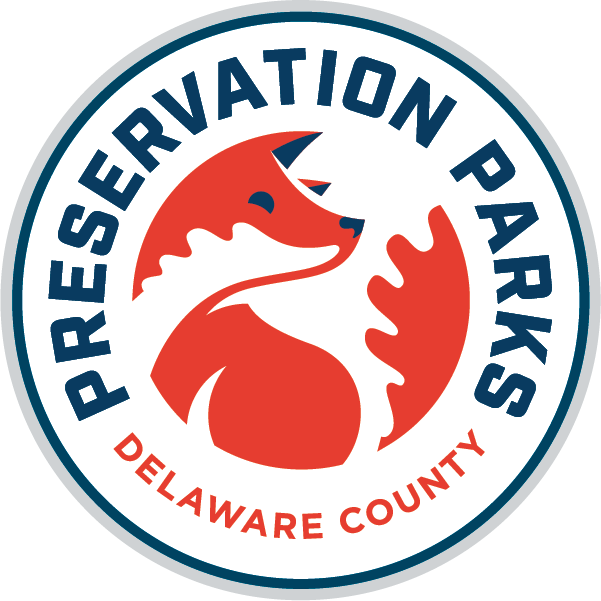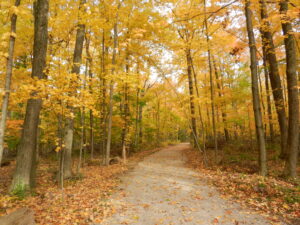
By Saundra McBrearty, Outreach and Volunteer Specialist
It’s been said that everyone dies alone, but if we touch the lives of others and live our lives making a difference for causes and people who carry our impact into the future, then, in that way, we never die. Indeed, this little gem of wisdom inspires me.
Perhaps, though, I might want to diversify my chances of immortality with a parallel strategy. Hence: fossils. Could my body become fossilized? How do fossils form? What if future beings find my bones preserved in the earth’s crust? Could I become the priceless glimpse into the society and urban habitat Ohio currently showcases? Could my fossilized remains exist across geologic time and continue to make an impact?
Ohio is a treasure trove for fascinating fossils, which expose clues that the land we live on today was a surprisingly different place millions of years ago. Fossils are remnants or traces of animals or plants that have been preserved in the Earth’s crust. Fossils form several different ways, but most form when a plant or animal dies in a watery environment and is buried in mud and silt. Soft tissues quickly decompose leaving the hard bones or shells behind. Over time, sediment builds over the top and hardens into rock.
Here are three of Ohio’s common, yet startling fossils; each reveal that Ohio’s bedrock was the bottom of a shallow sea 500 million years ago. Amazing!
The Trilobite is Ohio’s official state fossil. It is an extinct marine arthropod, and is one of the first kinds of arthropods.


Brachiopods are shellfish. Limestone throughout Ohio is full of these bivalve shells which have existed for at least 550 million years. Their species use to be numerous and diverse. Today fewer descendent species exist but they still survive in today’s oceans and seas.
Crinoids are often called “sea lilies” because of their resemblance to an underwater flower. They are related to starfish, and sea urchins.
As far as leaving a legacy, I am always thrilled to add excitement to nature exploration. Visit Preservation Park’s World of Water summer exhibits opening Friday, May 24 at Deer Haven Park. Activities begin at 6 pm with a 2,200 gallon aquarium filled with fish and aquatic animals from rivers and lakes in Ohio. Later we’ll watch the animated movie “Deep” under the stars.
Then, on Saturday, May 25 at Shale Hollow Park, come explore new ocean exhibits and interact with live marine animals and aquatic turtles. While at Shale Hollow, hunt for fossils in the natural play area and along the stream bed. Look at the circular concretion rocks, which have a fossil in the center and serve as another clue to Ohio’s distant and watery past.
Fossils live on, and as we continue to cherish one another, so will we.






